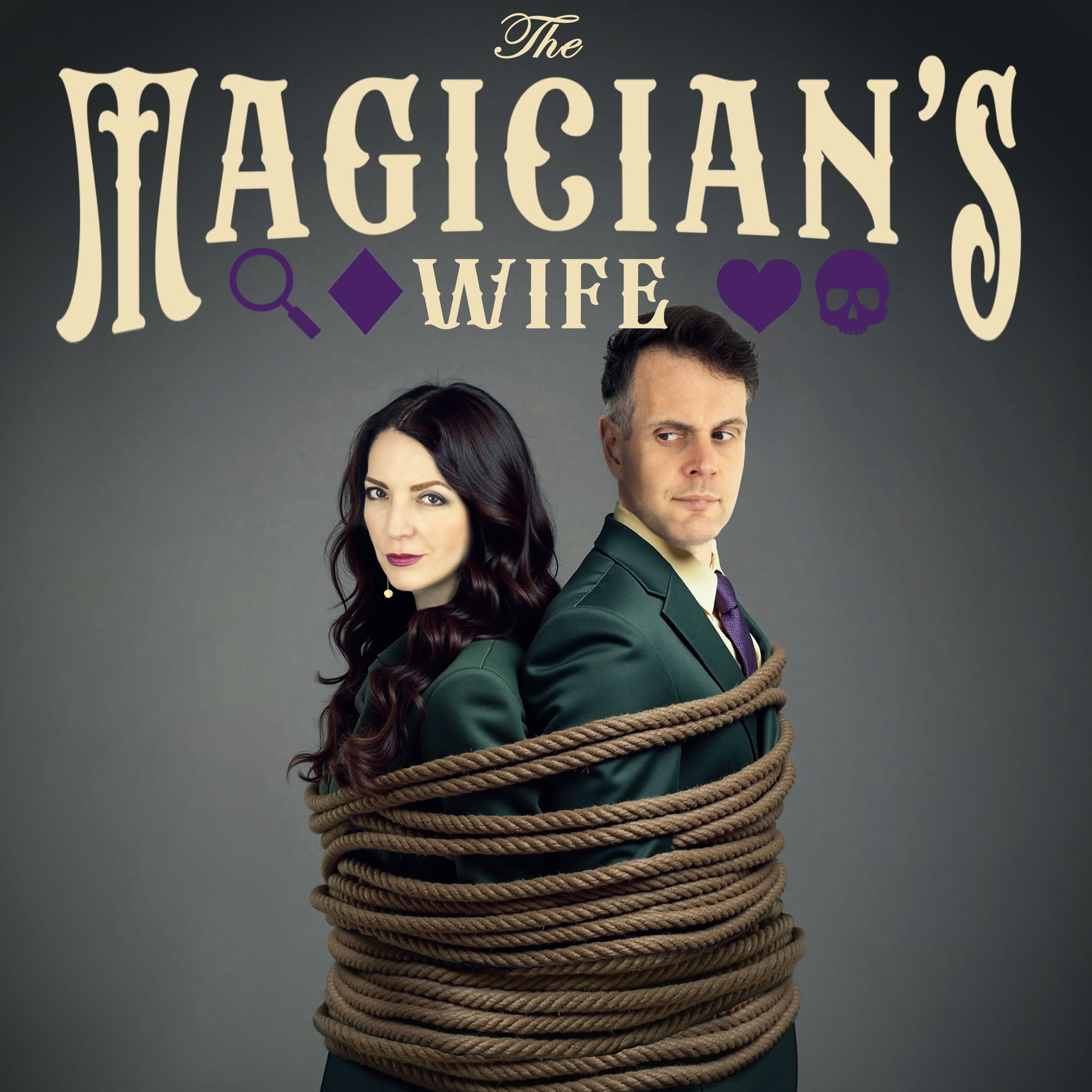The Effect
It is the early sixteenth century, and in the magnificent surroundings of Syon Abbey on the banks of the River Thames, a monk has started to behave rather strangely.
The man’s name is Thomas Betson and, unusually, he didn’t start out as a holy man at all, having originally trained as a lawyer. But in 1481, Betson leaves his old life behind, joining Syon Abbey and becoming a monk.
During his time at the abbey, Thomas Betson keeps a series of very detailed notebooks. And …
The Effect
It is the early sixteenth century, and in the magnificent surroundings of Syon Abbey on the banks of the River Thames, a monk has started to behave rather strangely.
The man’s name is Thomas Betson and, unusually, he didn’t start out as a holy man at all, having originally trained as a lawyer. But in 1481, Betson leaves his old life behind, joining Syon Abbey and becoming a monk.
During his time at the abbey, Thomas Betson keeps a series of very detailed notebooks. And although one might expect these to contain religious writings and devotional ruminations, they did not. Betson’s writings instead outlined all manner of unexpected subjects, from obscure herbal potions… to magic.
In particular, Betson recorded two incredible spells that he was capable of casting. He could, according to his writings, make eggs levitate, rising many inches into the air where they would soar and hover, much to the alarm of his onlookers.
Betson could also place a perfectly ordinary apple down upon a table - an apple that had been plucked from a tree just minutes before - and, by commanding some unseen and powerful force, he could cause the apple to jolt, shocking back and forth as if possessed.
But just how was Thomas Betson able to achieve these extraordinary effects? Was this holy man harnessing some unholy power, allowing him to make objects to levitate and fruit move by itself, as though possessed? Or might there have been an even more remarkable method behind these effects, a method that wasn’t effected by any supernatural forces at all?
The Method
The monk Thomas Betson could apparently, in the early years of the sixteenth century, make eggs levitate of their own accord and apples rock wildly back and forth, as if possessed by some dark external force.
But Thomas Betson was not really in league with some infernal entity, or indeed capable of casting magical spells on the host of very ordinary objects that surrounded him. Thomas Betson was actually a skilled stage magician.
The cornucopia of tricks up the wide brown sleeves of his monk’s habit were all staged magic illusions, methods and effects he had worked out in advance to both entertain himself and delight his audience of fellow brothers at Syon Abbey. So how were such tricks done?
Betson took his eggs and carefully hollowed them out in advance, before plucking out single strands of hair from his head, or else collecting the fallen hairs from the pillows of his fellow monks. He would then painstakingly coat these hairs in candle wax. It was a delicate process, as Betson had to ensure that only the finest and most subtle layer of wax encased each hair, so that in the right light it would remain completely invisible. In doing so, he was creating the early sixteenth century version of invisible thread, around four hundred years before invisible thread was actually invented.
Betson would next tie these coated strands of hair around his hollowed-out eggs. With some clever handling of the hairs, he could skilfully create the appearance of the eggs levitating before the very eyes of his astonished audience.
But what of Betson’s trick of making an apple seemingly move of its own accord? Another remarkable method lay behind this effect, too.
Carefully hollowing out the core from the bottom of an apple, Thomas Betson would next insert the largest beetle he could find in the abbey grounds into the space he had created. He would carefully replace a small piece of the fruit back over the bottom of the apple like a cap, securing the beetle inside. All Betson now needed to do to perform his magic trick was place the apple on a flat surface. In an attempt to free itself of the fruit, the beetle would furiously scuttle to and fro inside it, making the apple rock from side to side like a roly-poly toy. As if it were enchanted. As if by magic.
Thomas Betson was certainly not a conventional monk. Or a conventional magician. But his tricks were some of the most innovative and remarkable effects of stage magic recorded in Early Modern Europe.
© 2025, Lora Jones. All rights reserved. Reproduction prohibited without written permission.



